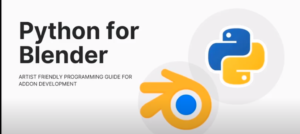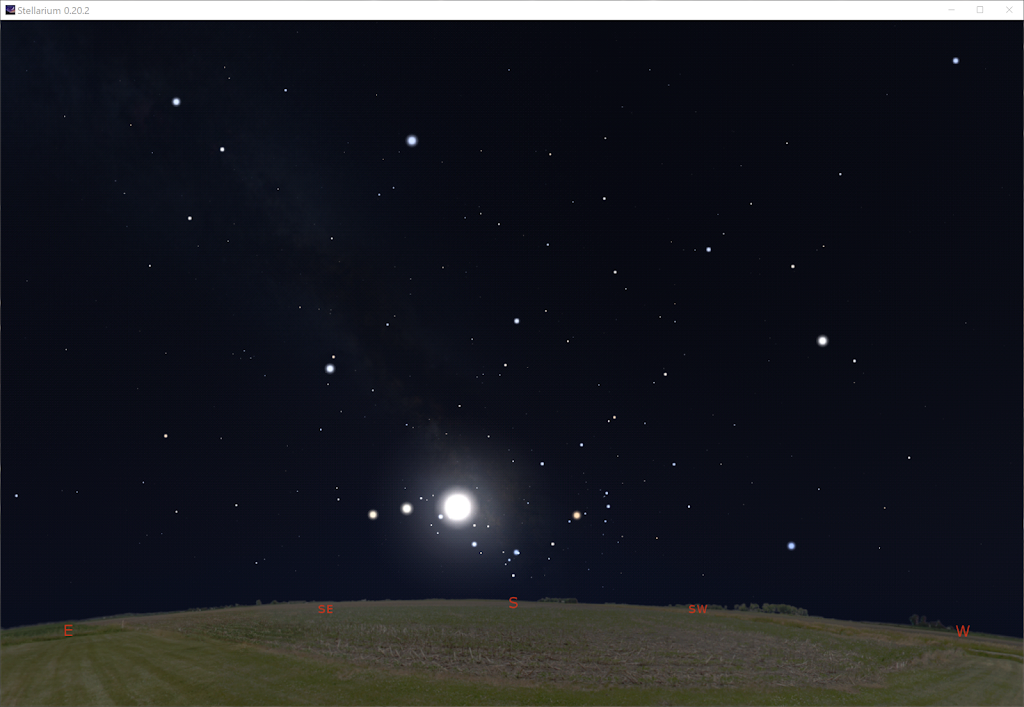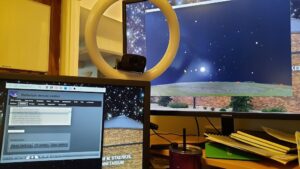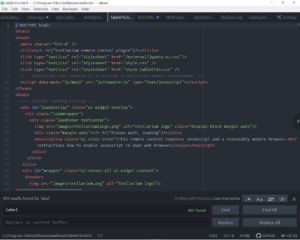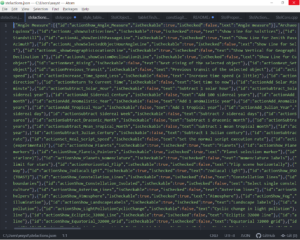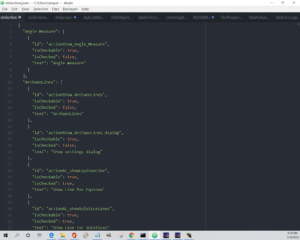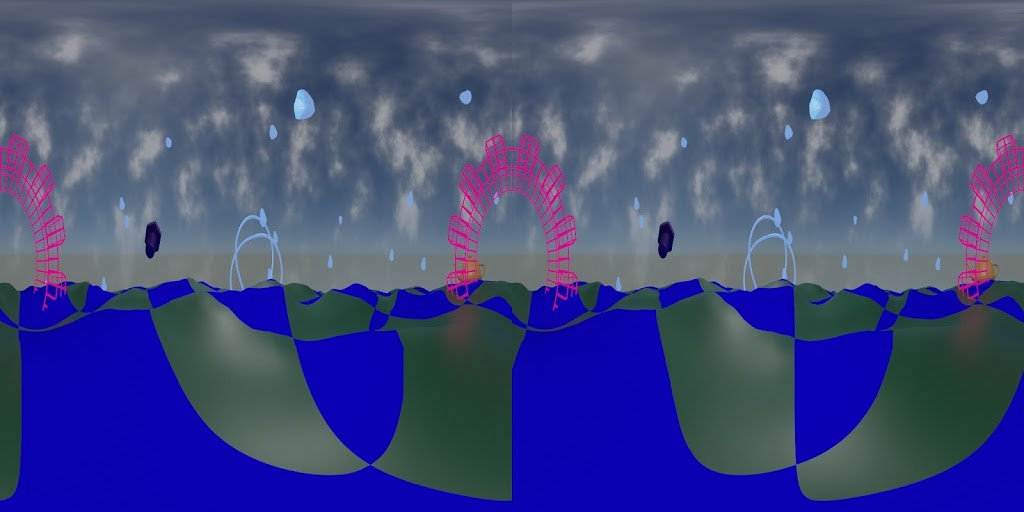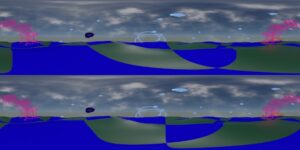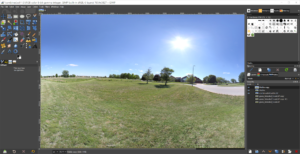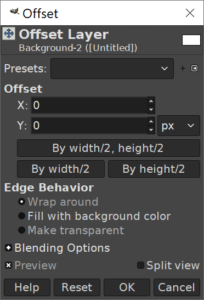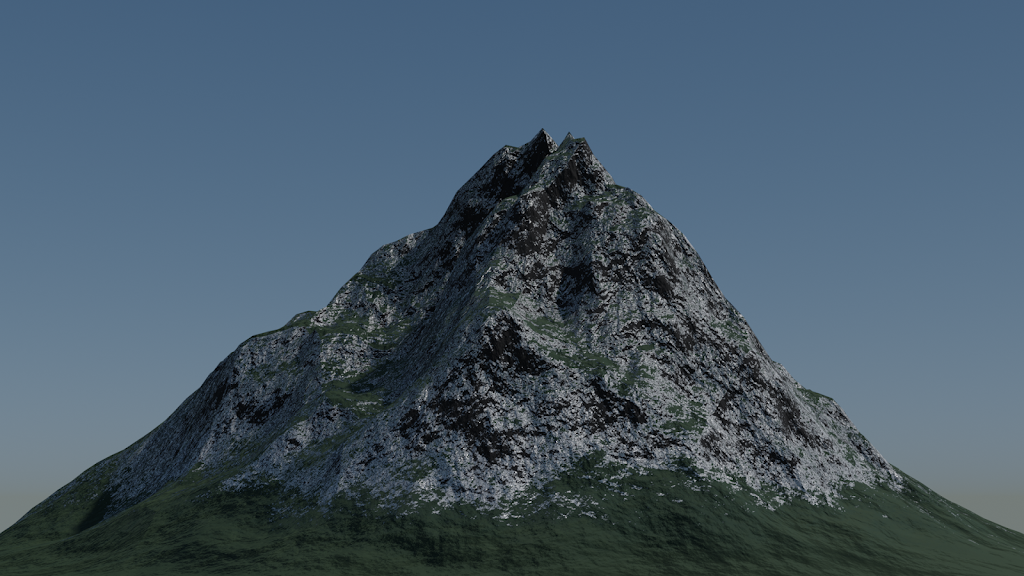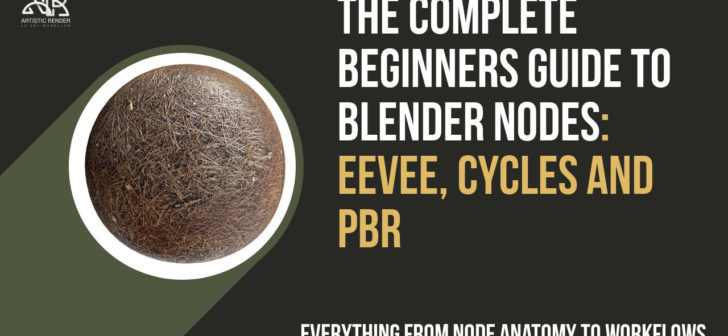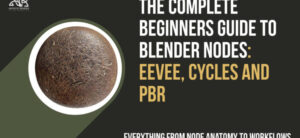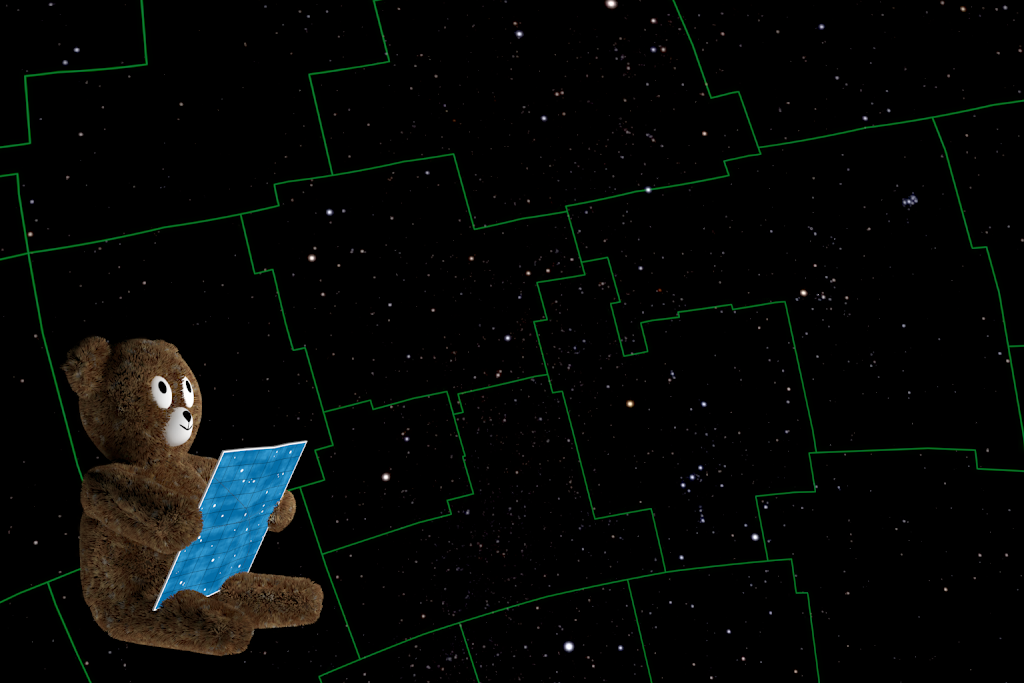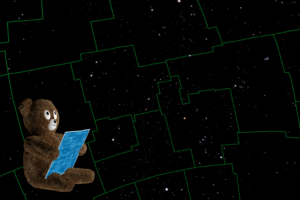There are a lot of tutorials out there on the topic of Python for Blender, but this series is working particularly well for me.
Author: Waylena
Planetarium professional since 1992. User of Free and Open Source Software since 2001.
Stellarium remote fun
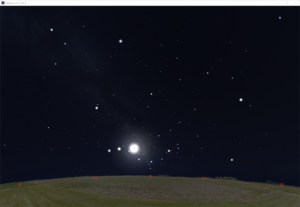 |
Stellarium has a remote web interface plugin that is pretty easy to set up. So I’m using my giant monitor for presentation and my little monitor for controls and for programming.
Trig Function-Driven Animation in Blender 2.83
Another fine video tutorial from Ron Proctor!
Check it out! You know you want to…
https://youtu.be/uTZ9el8st5c
3D stereoscopic test
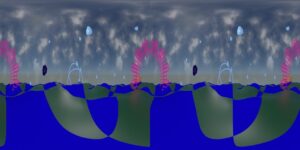 |
| 3D stereoscopic test frame, SBS. |
A stitch in time (or space)
Since the planetarium will be operating online for the foreseeable future, I’ve been working on ways to give everything a nice local touch.
One way has been to make custom panoramas for use with Stellarium.
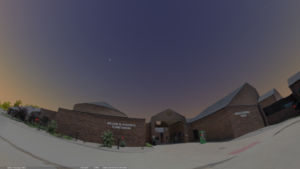 |
| William M. Staerkel Planetarium |
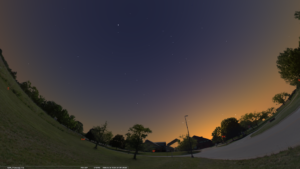 |
| Parkland College |
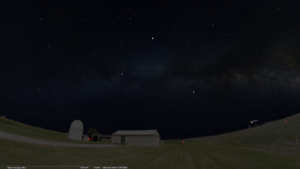 |
| Champaign-Urbana Astronomical Society Observatory |
We should be able to use them with our Digistar 6 in the dome when we are able to reopen. I like making content that can be used on different platforms
I used a DSLR with a fisheye lens on a tripod to get a good selection of overlapping images, making sure to have some shots with objects of interest centered.
I used Hugin to stitch the images. It’s not super automatic, but there are builtin tools for aligning and for masking out troublesome spots.
Finally, I use Gimp to fix up the nadir a bit and to get rid of the sky. I also fix up any small stitching errors that I missed earlier. Some distant power lines and light poles will end up cut in the process, but I can live with that.
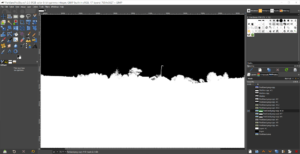 It’s a messy process, but I use brightness and contrast settings and sometimes desaturation to get a nice mask. I work in smaller sections and then combine them.
It’s a messy process, but I use brightness and contrast settings and sometimes desaturation to get a nice mask. I work in smaller sections and then combine them.
And I usually have to over-mask the vegetation because I don’t have the patience to cut out around each leaf.
Don’t forget to check your edge seams. Layer > Transform > Offset and select “By width/2” with “wrap around” selected for Edge Behavior.
Confessions of a FOSS fangirl
My name is Waylena, and I am a FOSS fangirl. I love that FOSS is both free as in speech and free as in beer. I love that I can poke around in source code and follow developer mailing lists. I love finding FOSS production tools, techniques and workflows. And I love teaching FOSS tools to others.
Blendpeaks free add-on for Blender from Oormi Creations
Wow. Saw this today on BlenderNation:
http://www.blendernation.com/2020/05/24/blendpeaks-create-mountain-peaks-in-blender-free-add-on/
It creates a plane and a shader setup for material and displacement.
I made a quick test using defaults, with a default Sky Texture and the default single scene lamp:

I like it. I like it a lot. In fact, I think I might be a bit in love.
Here’s the direct link:
http://github.com/oormicreations/Blendpeaks/releases
And while you’re at it, please do check out the Oormi Creations website:
http://oormi.in/index.htm
Fractal Flames a happy mistake
An excellent guide to Blender nodes
Saw this on BlenderNation today…
The complete beginners guide to Blender nodes, Eevee, Cycles and PBR
Wow. I like this. I like this a lot.
http://artisticrender.com/the-complete-beginners-guide-to-blender-nodes-eevee-cycles-and-pbr/

